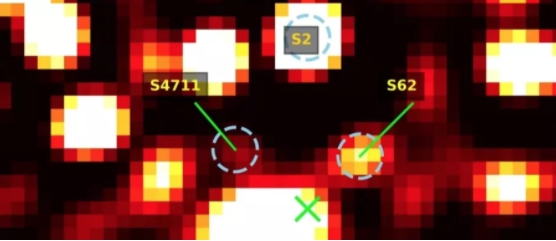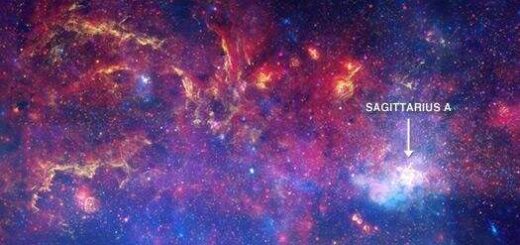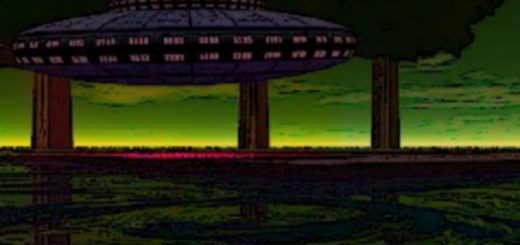The fastest star ever seen is moving at 8% the speed of light

In the center of our Milky Way galaxy, scientists have spotted the fastest star ever detected, moving at more than 8% of the speed of light.
Our galaxy’s center features the supermassive black hole Sagittarius A* (Sgr A*), which is as massive as about 4 million suns. Being so massive, it has hundreds of stars pulled closely into its orbit, traveling extra-fast from the gravitational boost presented by this close proximity. In a new study, scientists discovered the fastest of these stars, S4714, which orbits around Sgr A* at more than 8% of light speed, or 15,000 miles per second (24,000 km/second), faster than any other known star.
Another star orbiting close to Sgr A*, called S2, was once thought for to be the fastest star. But last year, a new speedy contender, the star S62, was detected by a team led by astrophysicist Florian Peissker of the University of Cologne in Germany. At the time, S62was said to be the closest star orbiting Sgr A*, speeding around the black hole. Now, the same team has discovered five new “S stars,” or stars which travel in long, elliptical orbits around Sgr A*, that are even closer — S4711, S4712, S4713, S4714 and S4715.
The team has been studying our galaxy’s center and the ultra-fast stars orbiting its supermassive black hole using the ESO’s Very Large Telescope in Chile for the past seven years. They have also used near-infrared data from SINFONI (Spectrograph for INtegral Field Observations in the Near Infrared).
“I am constantly working on the galactic center and I am pretty sure that this was not our last publication,” Peissker told ScienceAlert. “The high dynamical environment is for scientists like a candy-shop for children..
This discovery doesn’t just highlight S4714 and its incredible speeds, it also gives scientist a window into studying a theorized type of star known as “squeezars” that orbits so close to black holes that they are “squeezed” by the black hole’s tidal forces. Theresearch also suggests that there could be even more of these ultra-fast stars zipping around supermassive black holes like this, scientists said.



 Creators of mankind
Creators of mankind Description of “Tall white aliens”
Description of “Tall white aliens” Where they came from?
Where they came from? About hostile civilizations
About hostile civilizations The war for the Earth
The war for the Earth “Tall white aliens” about eternal life
“Tall white aliens” about eternal life Video: “Nordic aliens”
Video: “Nordic aliens” Aliens
Aliens Alien encounters
Alien encounters The aliens base
The aliens base UFO
UFO Technology UFO
Technology UFO Underground civilization
Underground civilization Ancient alien artifacts
Ancient alien artifacts Military and UFO
Military and UFO Mysteries and hypotheses
Mysteries and hypotheses Scientific facts
Scientific facts


















